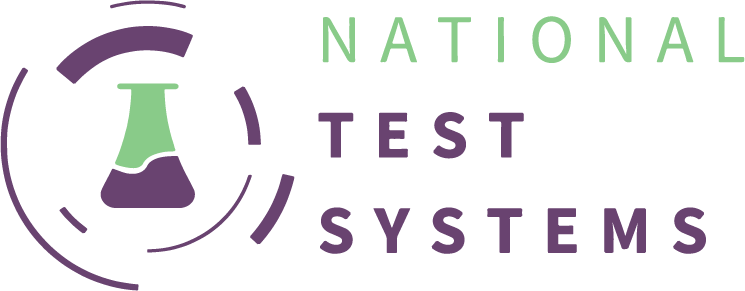
Heroin
Heroin
6-MAM
What is Heroin?
Cut-Off Levels (ng/mL)
200 ng/mL (Urine)
Window of Detection
1 – 3 Days (Urine)
How is it Used?
Heroin is commonly injected intravenously but can also be insufflated nasally, inhaled, or taken orally. Users often will melt down the substance to then be injected by syringe, a practice that also comes with many health risks like the spread of disease.
What are the Effects?
The effects of heroin or much like other opioids in that it produces the pain relieving euphoric effects but due to the fact that heroin is more often injected the effects are much more rapid and users have described the feeling of a “rush” of euphoria followed by a sleepy wakefulness that can last for hours. Since the effects are so intense and rapid it creates a very high potential for abuse and dependency. When a user begins taking heroin, like other opioids, the body will build a tolerance for the drug. Users will eventually need to take larger and larger doses to achieve the “rush” or effects that they desire. This can lead to detrimental health effects and possible overdose or death.
Common Symptoms
- Dry mouth
- Warm flushing of the skin
- Heavy feeling in the arms and legs
- Nausea and vomiting
- Severe itching
- Clouded mental functioning
- Going “on the nod,” a back-and-forth state of being conscious and semiconscious
- Insomnia
- Collapsed veins for people who inject the drug
- Damaged tissue inside the nose for people who sniff or snort it
- Infection of the heart lining and valves
- Abscesses (swollen tissue filled with pus)
- Constipation and stomach cramping
- Liver and kidney disease
- Lung complications, including pneumonia
- Mental disorders such as depression and antisocial personality disorder
- Death
Common Street Names
-
H
-
Horse
-
Smack
-
Chiva
-
Thunder
-
Negra
What does it Look Like?
Heroin can come in a variety of forms most commonly a brown or blackish tar like substance and white powder.
Legal Status
Schedule I substance under the U.S. Controlled Substance Act.
Testing Options
- Integrated Urine Test Cup
- Urine Test Dip Card

Contact us
Call Us
1-866-989-9300
Email Us
info@ntsbiz.com
Our Location
550 NW 77th Street
Boca Raton, FL 33487
